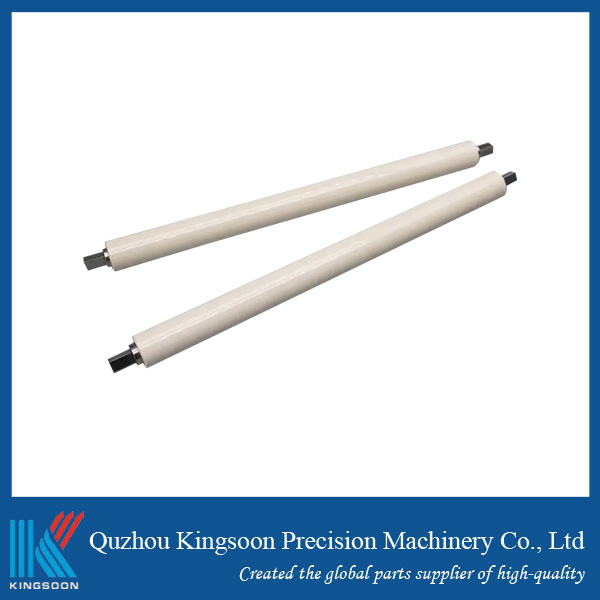Ceramic Parts: High-Performance Components for Diverse Industrial Applications
2025-07-09
Ceramic parts are specialized components made from advanced ceramic materials, valued for their exceptional hardness, thermal stability, chemical resistance, and electrical insulation properties. These qualities make ceramic parts indispensable in many industries, ranging from electronics and automotive to aerospace and medical devices.
What Are Ceramic Parts?
Ceramic parts are manufactured using inorganic, non-metallic materials that are processed at high temperatures to achieve desired shapes and properties. Unlike traditional materials, ceramics offer a unique combination of durability and functionality, enabling them to perform under extreme conditions where metals and plastics might fail.

Key Features of Ceramic Parts
High Hardness and Wear Resistance:Ideal for components subjected to friction and abrasion.
Thermal Stability:Maintains strength and shape at high temperatures.
Chemical Inertness:Resistant to corrosion, acids, and harsh chemicals.
Electrical Insulation:Excellent dielectric properties suitable for electronic applications.
Lightweight:Lower density compared to metals, reducing overall weight.
Biocompatibility:Suitable for medical implants and devices.
Common Types of Ceramic Materials Used
Alumina (Aluminum Oxide):High strength and wear resistance.
Zirconia (Zirconium Dioxide):Toughness and fracture resistance.
Silicon Carbide:High thermal conductivity and hardness.
Magnesium Oxide:Electrical insulation and thermal resistance.
Cordierite:Low thermal expansion for kiln furniture.
Applications of Ceramic Parts
Electronics:Insulators, substrates, and semiconductor components.
Automotive:Engine parts, sensors, and exhaust components.
Aerospace:Heat shields and structural components.
Medical:Surgical tools, dental implants, and prosthetics.
Industrial Machinery:Bearings, seals, and wear-resistant parts.
Energy:Components in fuel cells and nuclear reactors.
Advantages of Using Ceramic Parts
Extended Service Life:High resistance to wear and corrosion reduces replacement frequency.
Performance Under Extreme Conditions:Operate reliably at high temperatures and in harsh environments.
Reduced Maintenance Costs:Durability leads to lower downtime and repair expenses.
Energy Efficiency:Thermal and electrical properties contribute to system efficiency.
Environmental Resistance:Suitable for chemically aggressive settings.
Considerations When Selecting Ceramic Parts
Material Properties:Choose ceramics based on mechanical, thermal, and chemical requirements.
Manufacturing Techniques:Methods such as sintering, injection molding, or machining affect precision and cost.
Design Complexity:Advanced ceramics can be shaped into intricate geometries.
Cost vs. Performance:Balance the initial investment with long-term benefits.
Supplier Expertise:Partner with experienced manufacturers for quality assurance.
Conclusion
Ceramic parts offer unmatched performance and reliability in demanding industrial applications. Their unique properties enable innovations and improvements across various sectors, driving efficiency and longevity. As technology advances, the role of ceramic components continues to expand, making them vital for future industrial development.


